Stories of animals who served on the front lines
Animals have played a crucial role in warfare throughout history, often in surprising ways. From the battlefields of ancient times to the modern-day military operations, non-human participants have shown incredible bravery and skill. Their contributions remind us of the unique bond between humans and animals, and how that relationship can be harnessed even amidst the chaos of war. Their stories are not only fascinating but also highlight the various roles animals have taken on in human conflicts.
Cher Ami: The Brave Messenger Pigeon
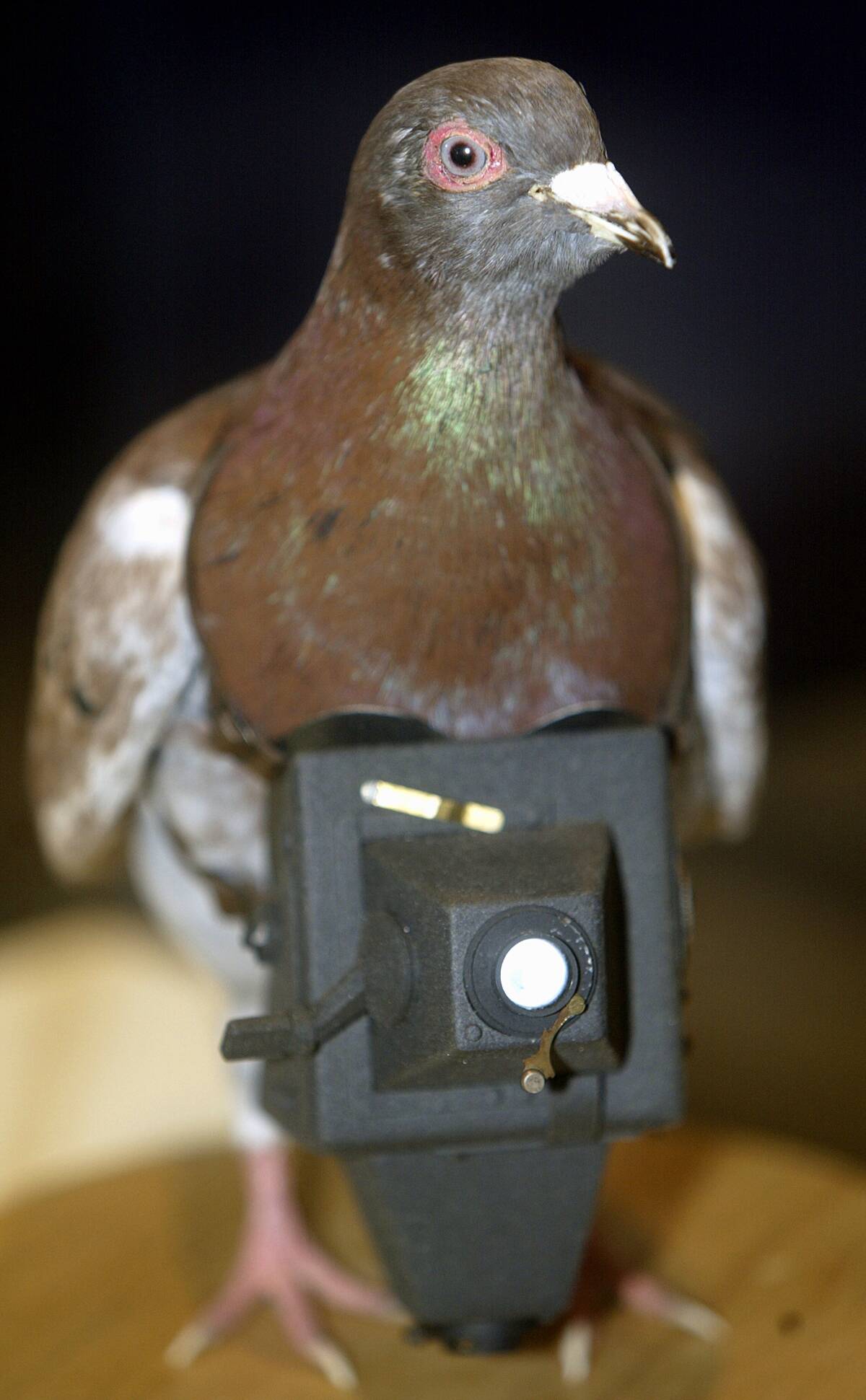
Cher Ami, a carrier pigeon, became a hero during World War I for delivering crucial messages under fire. On October 4, 1918, Cher Ami saved nearly 200 soldiers by flying 25 miles in 25 minutes despite being shot and injured. Awarded the French Croix de Guerre for bravery, Cher Ami’s tale is a testament to the vital role pigeons played in communication during wartime. Her preserved body is displayed at the Smithsonian, honoring her remarkable service.
Sergeant Stubby: The Canine Hero of World War I
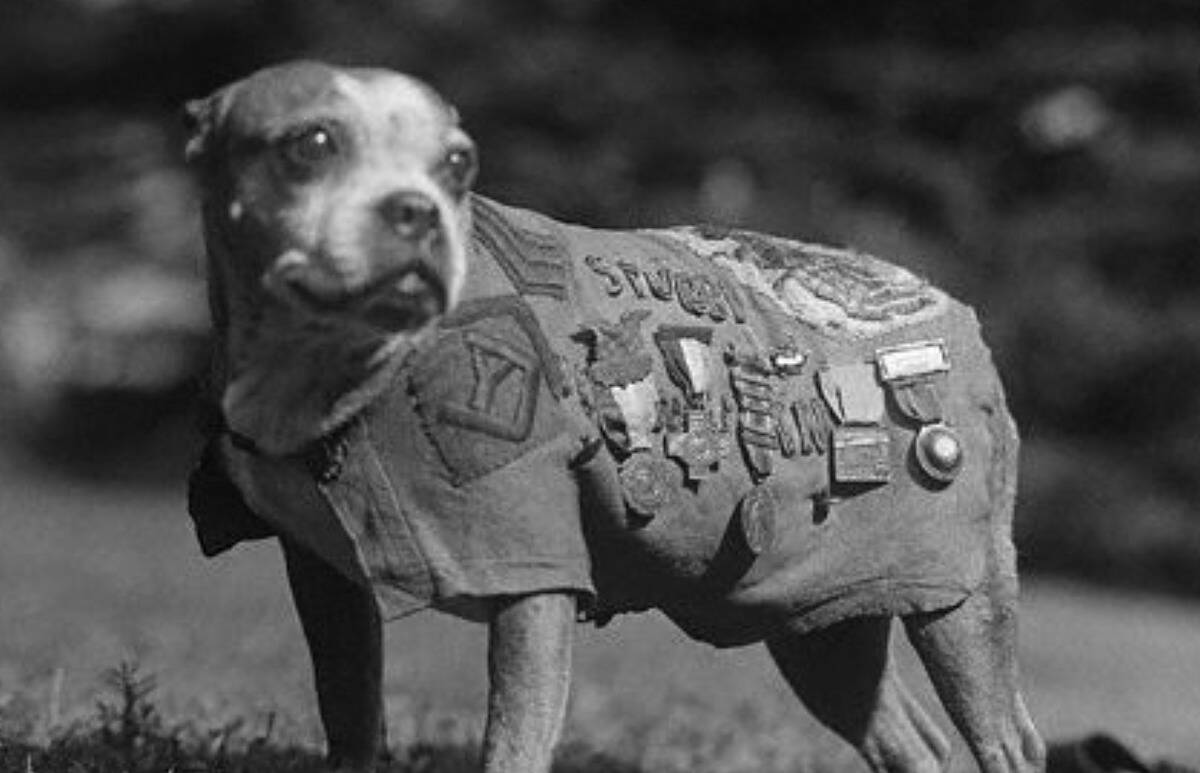
Sergeant Stubby, a Boston Terrier, served with the 102nd Infantry Regiment during World War I and became a beloved mascot and hero. Stubby participated in 17 battles, where he would warn soldiers of gas attacks and locate wounded on the battlefield. His keen senses and bravery earned him promotions and medals, making him the most decorated dog of the war. Stubby’s legacy is celebrated in museums and stories, symbolizing the courage and loyalty of war animals.
Wojtek the Soldier Bear: A Polish Legend
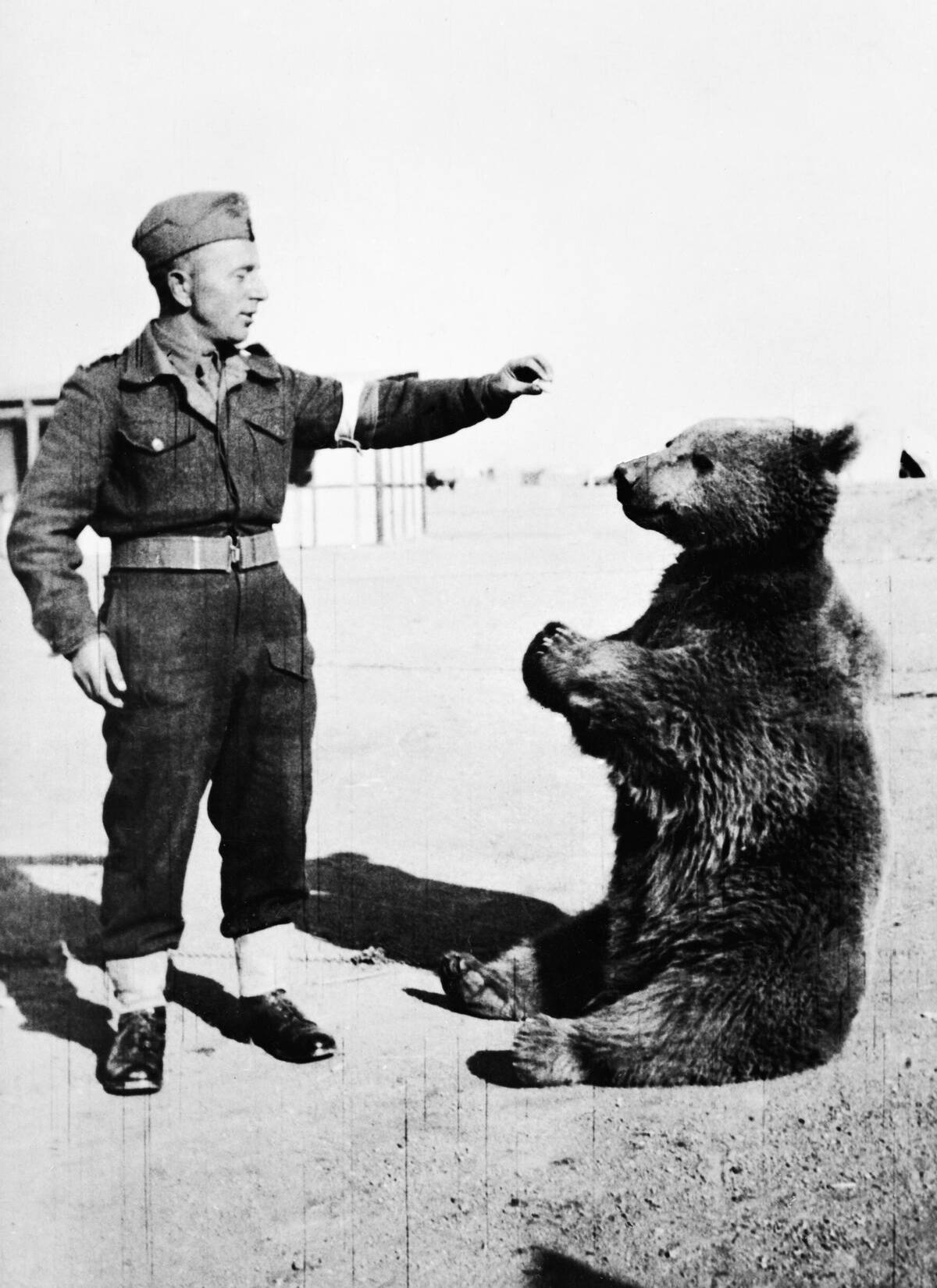
Wojtek, a Syrian brown bear, joined the Polish II Corps during World War II, becoming a mascot and an official soldier. Wojtek helped carry ammunition and supplies, boosting troop morale with his playful demeanor. After the war, Wojtek lived at the Edinburgh Zoo, where he was often visited by his fellow soldiers. His story is commemorated with statues and memorials in Poland and the UK, celebrating the unique bond between Wojtek and his human comrades.
Simon the Ship’s Cat: HMS Amethyst’s Feline Savior

Simon, the ship’s cat of HMS Amethyst, became a wartime hero during the Yangtze Incident in 1949. As the ship was trapped by Chinese Communist forces, Simon kept morale high by controlling the rat population and comforting injured crew members. Awarded the Dickin Medal for his bravery, Simon’s actions were pivotal in the crew’s survival. Simon’s story is a testament to the important role animals have played in maintaining morale during times of crisis.
The Role of Horses in War: Beyond Cavalry Charges
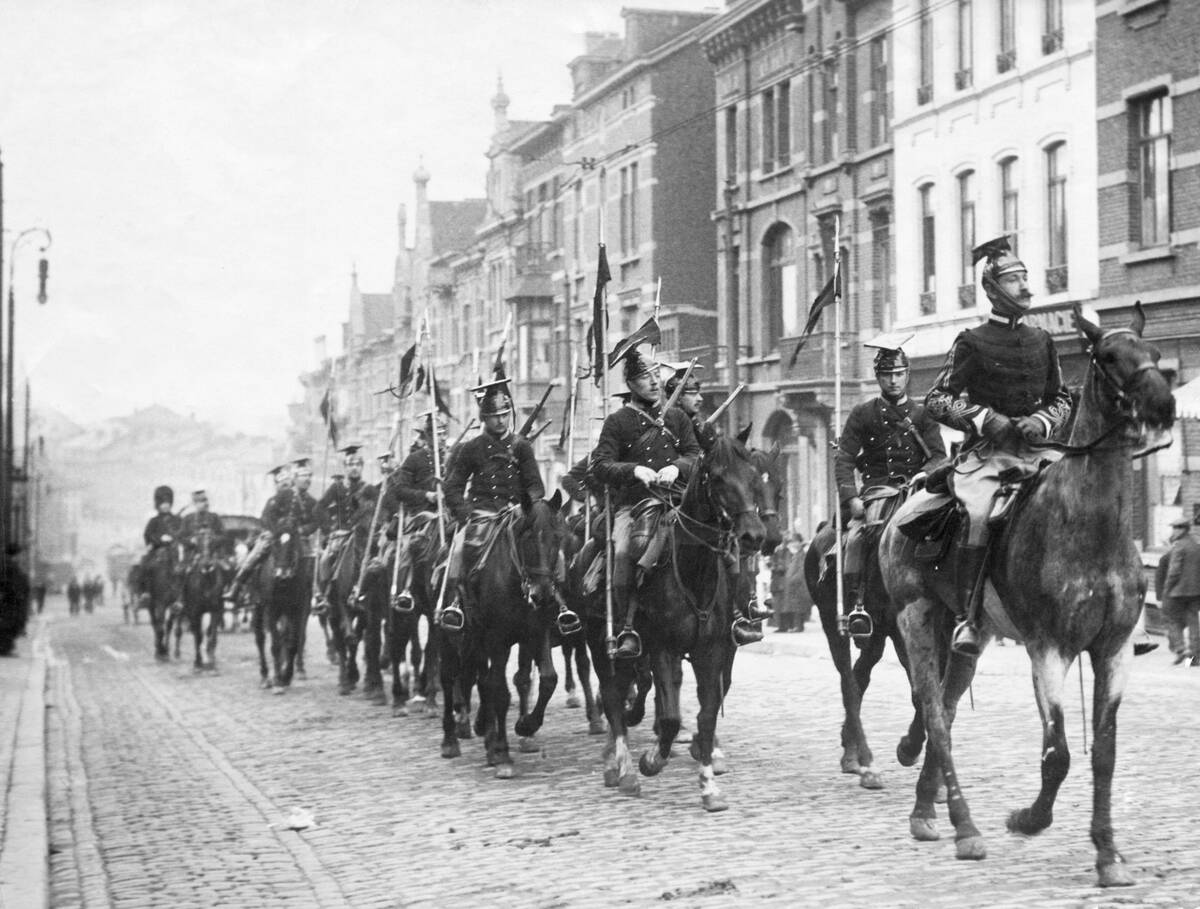
Horses have been indispensable in warfare, serving not only in cavalry charges but also in logistics and medical evacuation. During World War I, horses were used to transport ammunition, food, and medical supplies across treacherous terrain. Their strength and endurance were crucial in areas where vehicles couldn’t go. The bond between soldiers and their horses was profound, with many stories of loyalty and sacrifice. Commemorative statues and memorials honor these noble animals.
Mules and Donkeys: The Unsung Heroes of Supply Lines
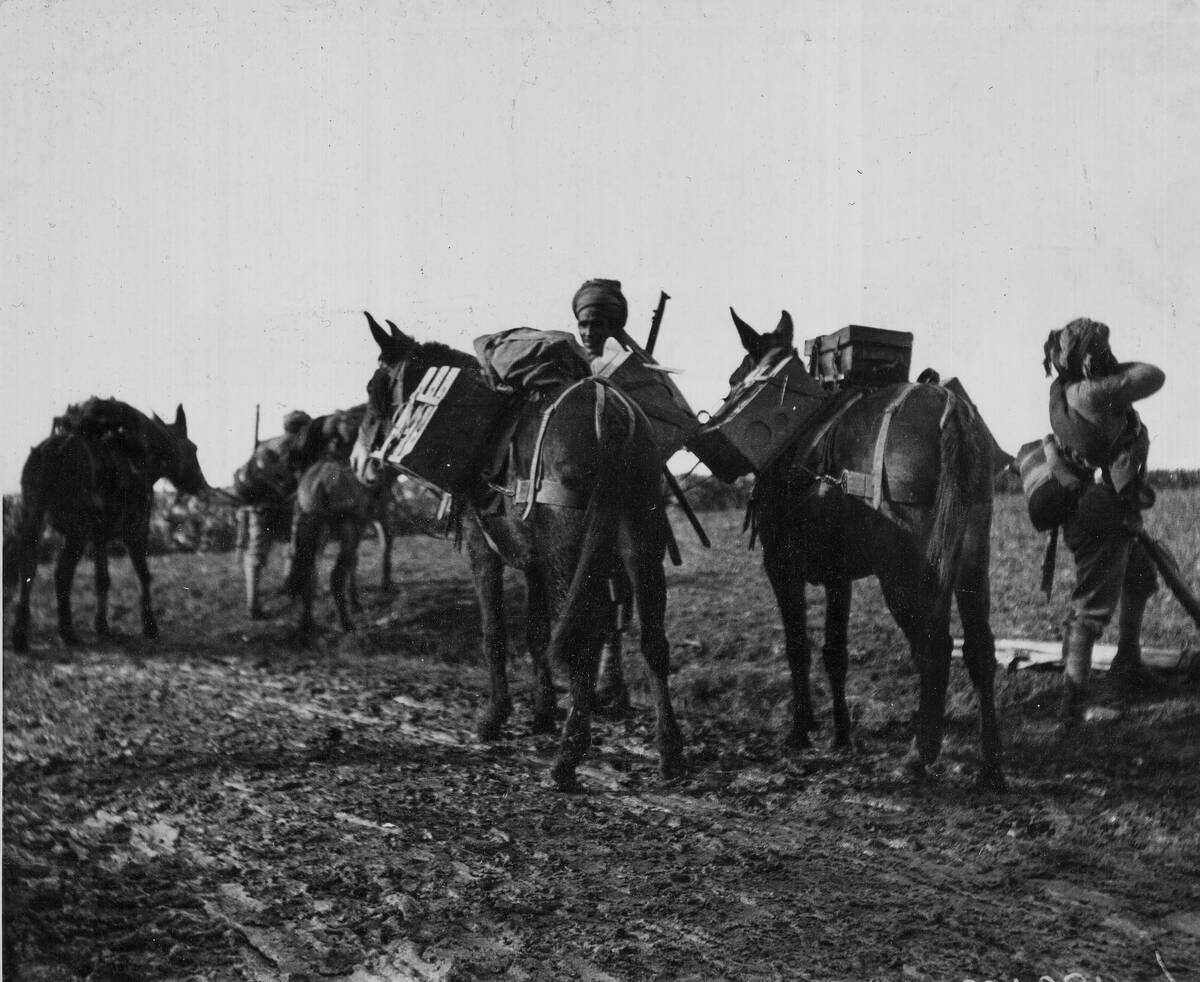
Mules and donkeys have been the backbone of military supply lines, carrying heavy loads over rough terrains where vehicles couldn’t reach. Known for their sure-footedness and endurance, they played a crucial role in both World Wars, particularly in mountainous regions. Their reliability ensured that troops received necessary supplies, often under challenging conditions. Despite their vital contributions, these animals remain lesser-known heroes, deserving of recognition for their steadfast service in military history.
Dolphins on Duty: Marine Mammals in Naval Operations
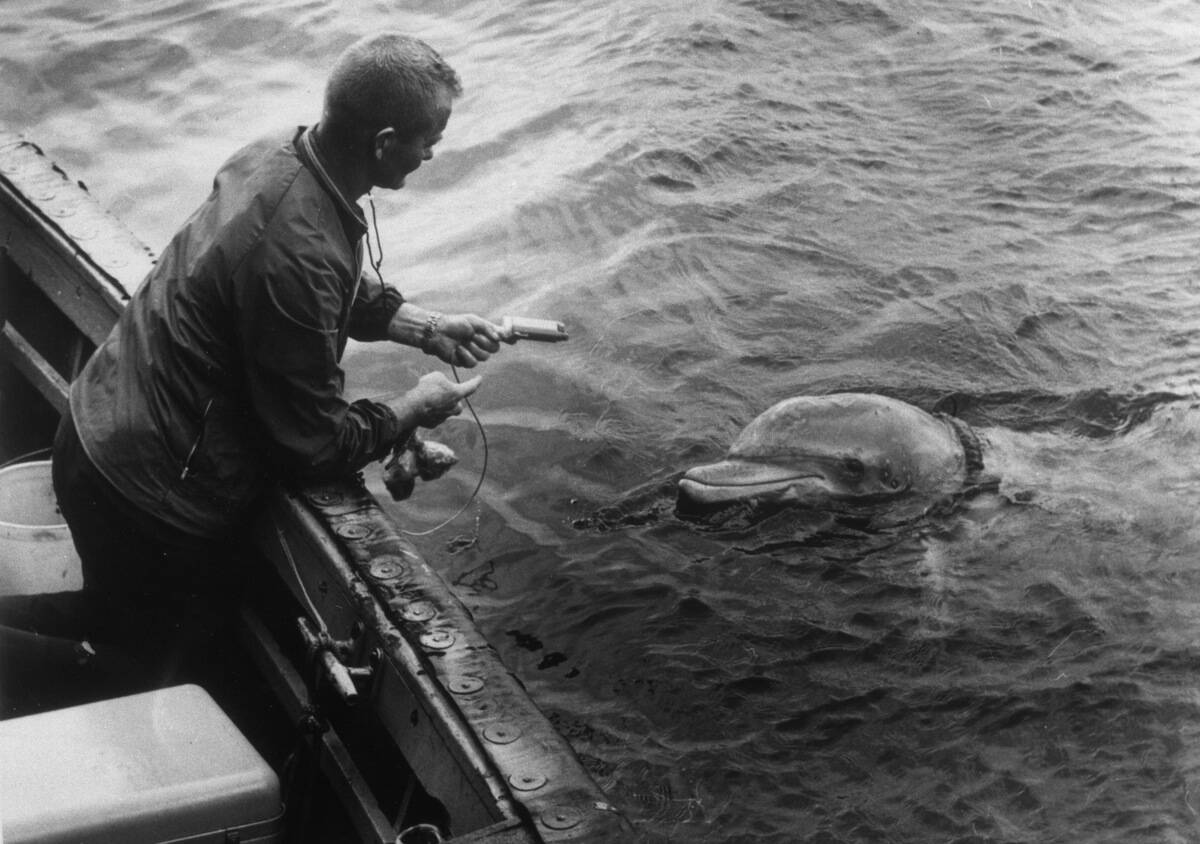
Dolphins have been trained by the military for tasks such as detecting mines and enemy divers. Their intelligence and echolocation abilities make them ideal for underwater missions. The U.S. Navy Marine Mammal Program has utilized dolphins for over 50 years, highlighting their effectiveness in safeguarding naval operations. These marine mammals have demonstrated their capabilities in conflict zones, showcasing the innovative use of animals in modern warfare and the ongoing partnership between humans and dolphins.
The Story of G.I. Joe: A Real-Life War Pigeon
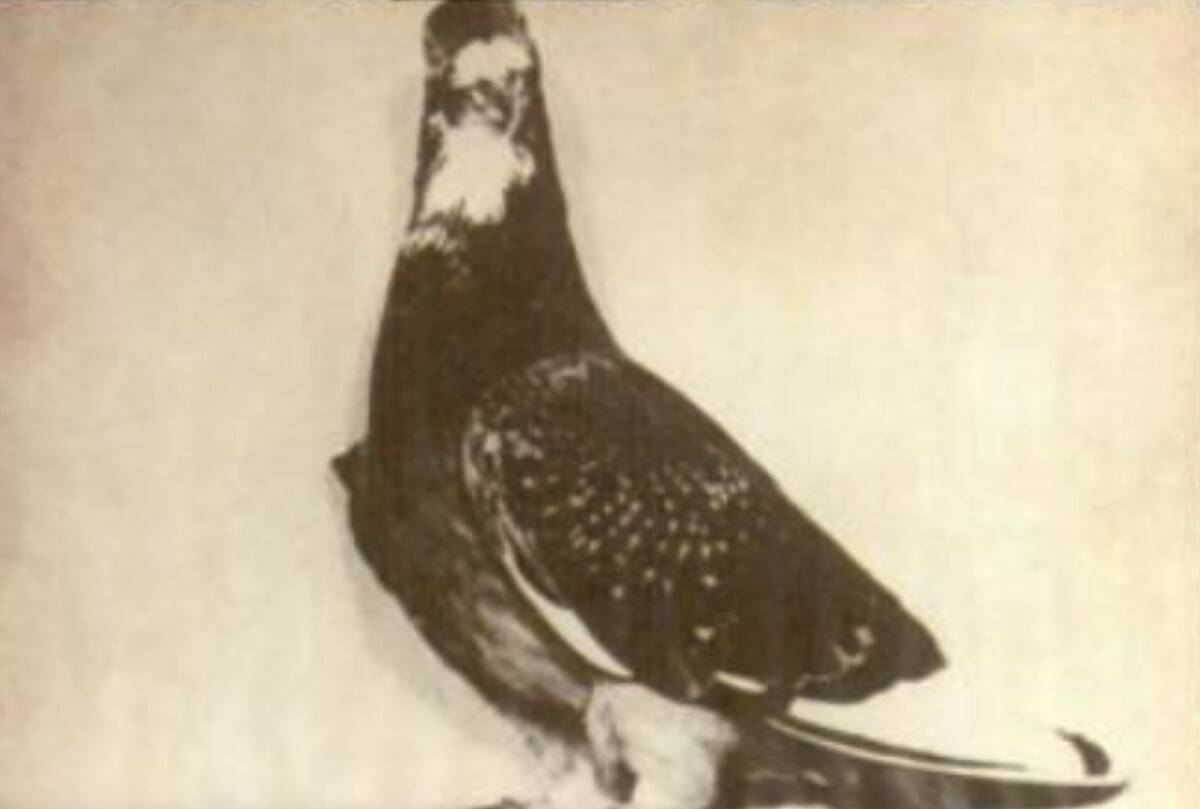
G.I. Joe, a pigeon in the U.S. Army, is credited with saving over 1,000 British troops during World War II. In October 1943, he delivered a message that halted a planned attack, preventing friendly fire. For his swift and crucial action, G.I. Joe was awarded the Dickin Medal. His story exemplifies the critical role pigeons played in communication during wartime and the incredible impact a single animal can have on the outcome of military operations.
Chips the War Dog: A Four-Legged Warrior of World War II
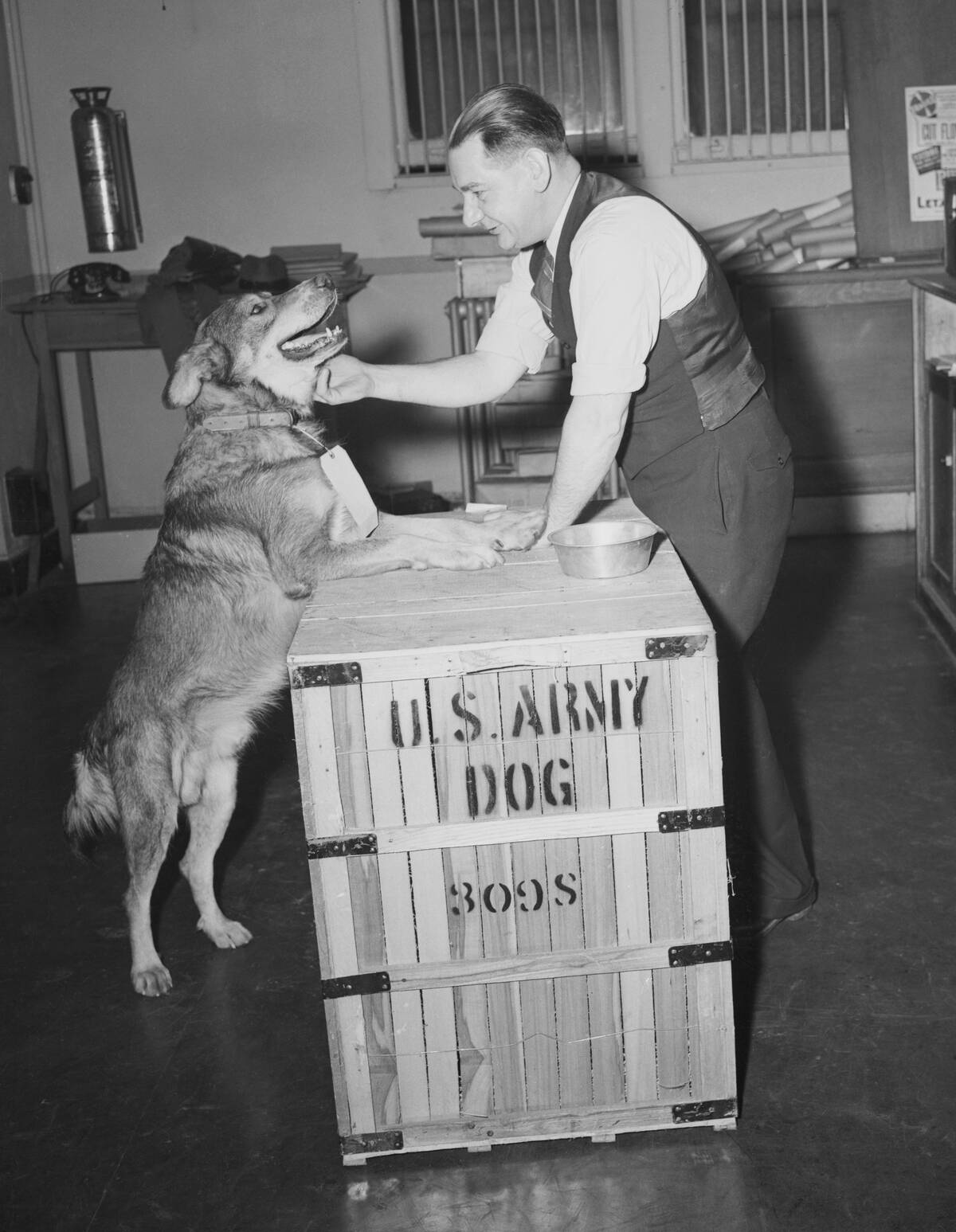
Chips, a German Shepherd mix, served with the U.S. Army during World War II, participating in the invasion of Sicily. He is known for breaking away from his handlers to attack an enemy machine-gun nest, forcing the surrender of its crew. Awarded the Silver Star for his bravery, Chips’ story highlights the courage and intelligence of war dogs. His actions inspired the recognition of military dogs as valuable members of the armed forces.
The Spy Cats of the Cold War: Feline Espionage
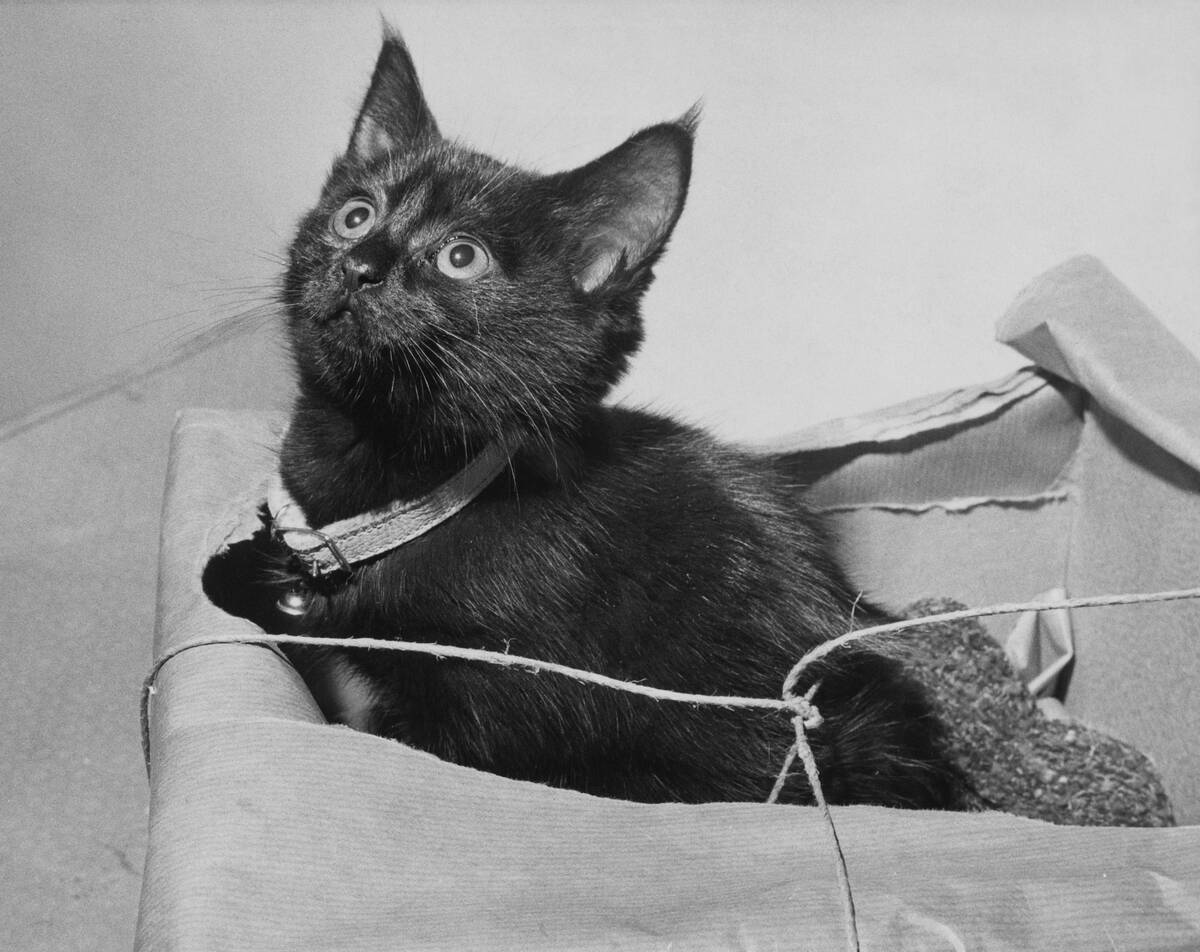
During the Cold War, the CIA attempted to use cats for espionage in a project known as Acoustic Kitty. Cats were trained to eavesdrop on Soviet embassies, with microphones implanted in their bodies. Despite the innovative concept, the project was ultimately deemed impractical due to the cats’ unpredictability. Although the mission was unsuccessful, it remains a fascinating example of the creative, albeit bizarre, lengths to which humans have gone in the use of animals for intelligence purposes.
Elephants in Battle: The Gentle Giants of the Front Lines
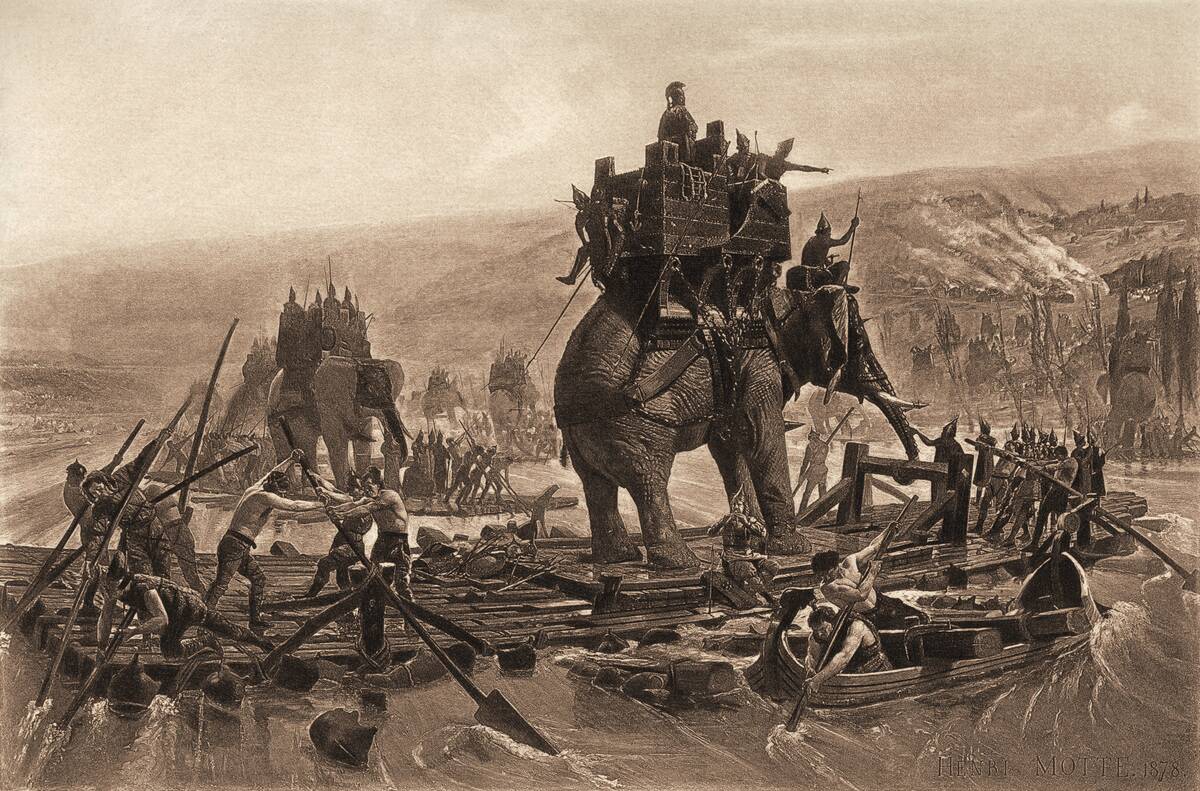
Elephants have been used in warfare for centuries, valued for their strength and size. In ancient times, they served as intimidating forces in battle, capable of trampling enemies and breaking through fortifications. During World War II, elephants were used for logging and transport in jungle regions. Their intelligence and ability to navigate difficult terrain made them invaluable, though their use in combat has largely faded. Today, they are remembered for their unique contributions to military history.
The Carrier Pigeons of Dunkirk: A Flight to Freedom
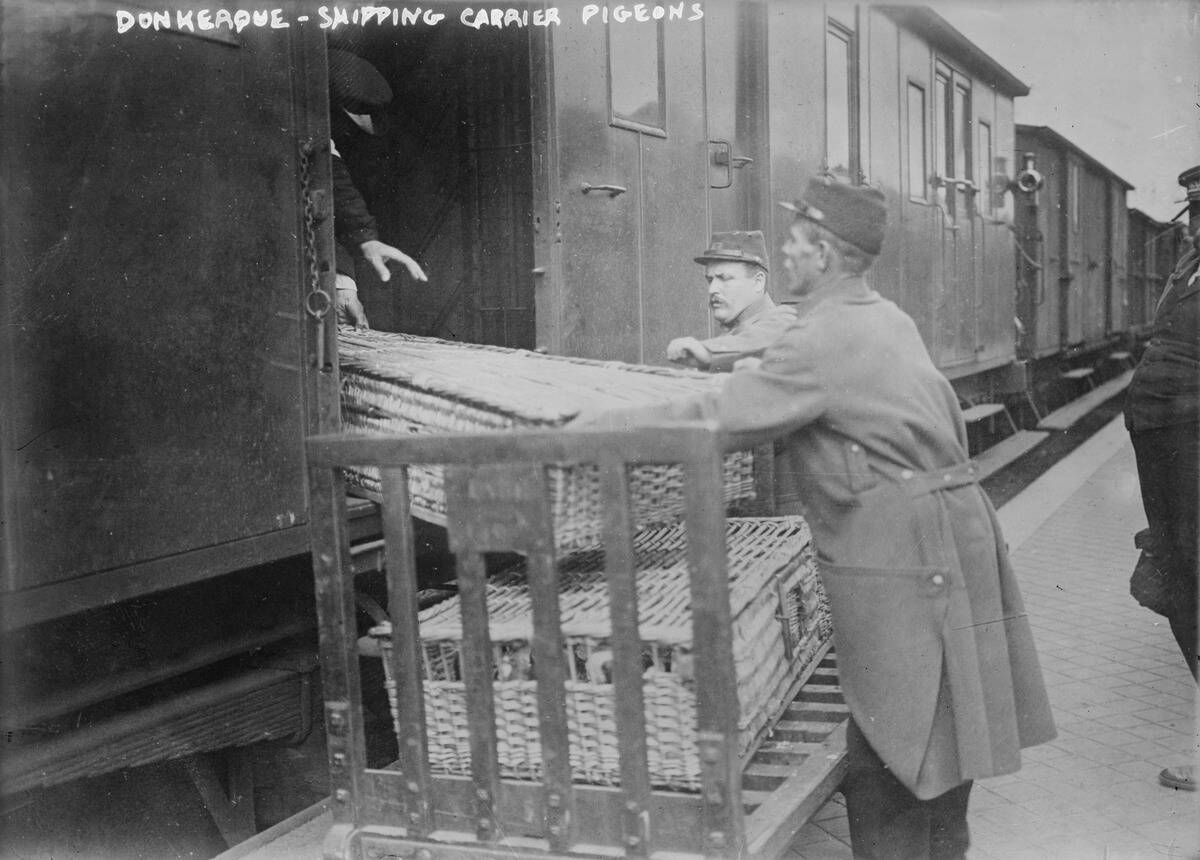
During the Dunkirk evacuation of World War II, carrier pigeons were used to relay messages back to Britain. These birds provided a crucial communication link as radio silence was maintained to avoid detection by enemy forces. The pigeons’ efforts helped coordinate the successful evacuation of over 330,000 Allied soldiers. Their role in this pivotal moment of history underscores the importance of animal messengers in ensuring the success of military operations under challenging conditions.
Jumble the Paratrooper Dog: A Canine in the Skies
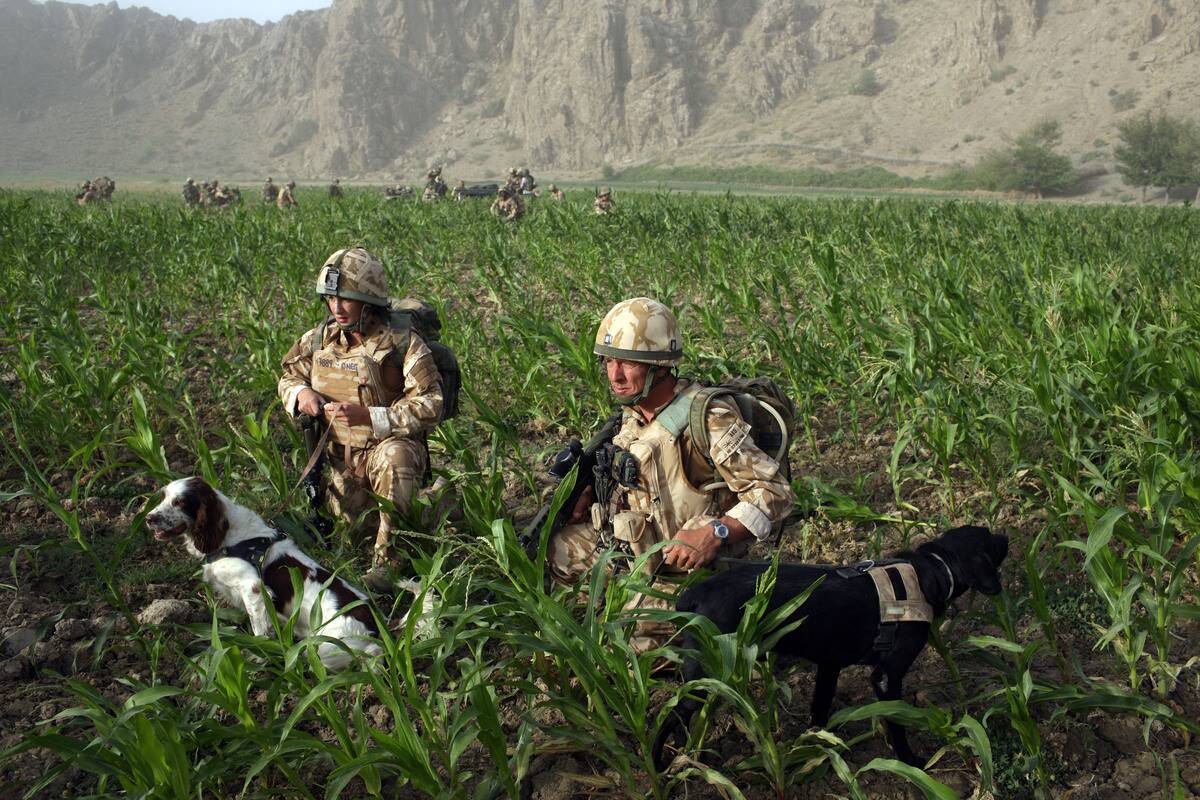
Jumble, a paratrooper dog, served with the British Airborne Forces during World War II. Trained to parachute alongside soldiers, Jumble participated in several airborne operations, including the Battle of Arnhem. His ability to remain calm and focused during jumps made him an invaluable member of his unit. Jumble’s story is a remarkable example of the diverse roles dogs have played in warfare, showcasing their adaptability and courage in the face of danger.
Military Mascots: Boosting Morale Across the Ranks
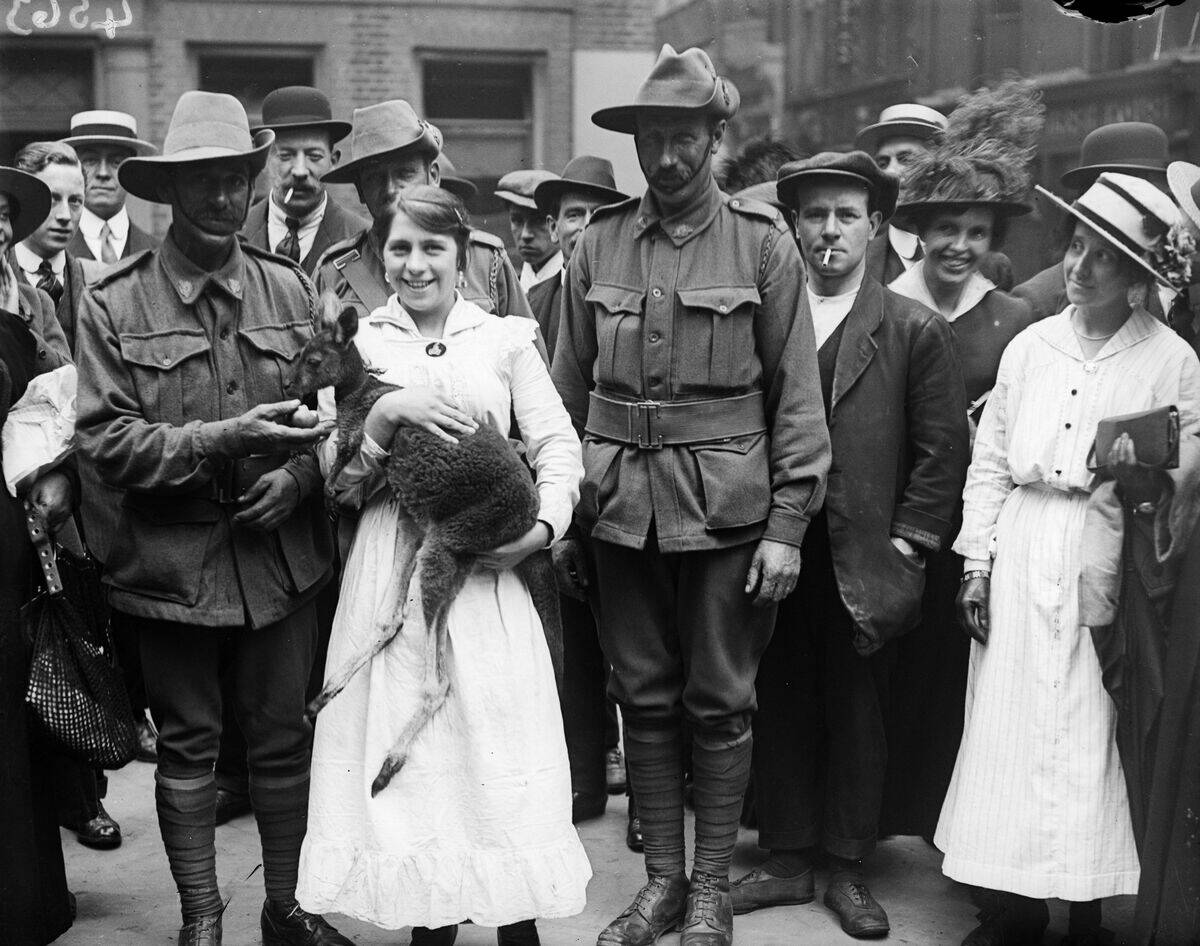
Military mascots have long been a source of morale for troops, providing companionship and a sense of normalcy during conflicts. From dogs and cats to more exotic animals like goats and kangaroos, these mascots travel with units, participating in ceremonies and everyday life. Often becoming symbols of their units, mascots help foster camaraderie and bring joy to soldiers far from home. Their presence is a reminder of the enduring bond between humans and animals, even in the harshest of circumstances.



